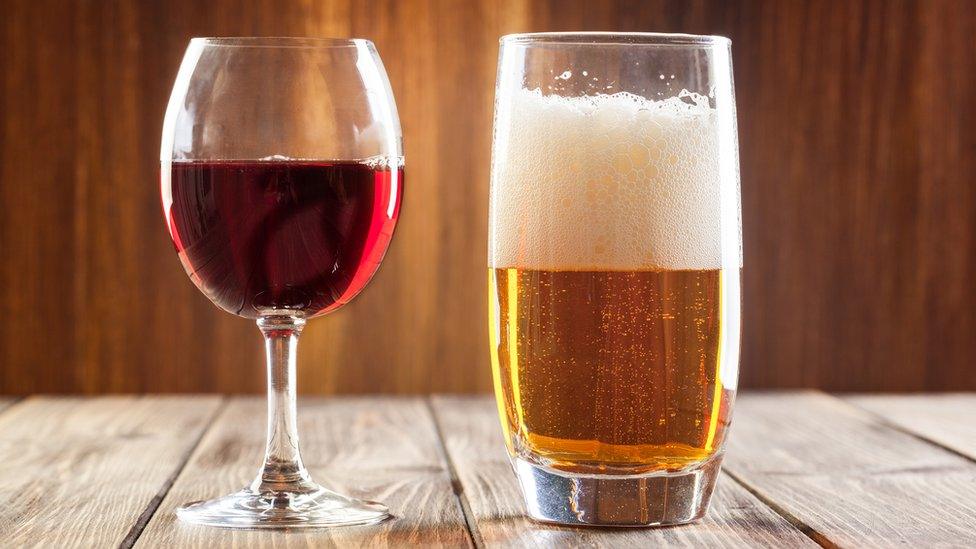Fake documents identified in study of Robert Burns' work
- Published

Three real documents by Robert Burns were involved in the study
Scientists have developed a new way to distinguish between authentic and faked historical documents after studying the work of Robert Burns.
Researchers, including scientists at the University of Glasgow, used a technique called direct infusion mass spectrometry.
The technique lifts ink from paper in a way that does not cause visible damage.
The study has led to a classification system which accurately distinguished Burns' real handwriting from the fakes.
The technique could be applied to other historical documents.
Stale beer
Researchers tested 12 documents - three real Burns documents from different periods of the bard's life, and nine fakes from the 1890s by forger Alexander Smith.
As well as being able to identify authentic Burns work from those that had been faked, the scientists were able to shed new insights into the ink he used.
He was found to have mixed an ink made from carbonised ivory, sulphuric acid and stale beer with another ink made with wine to achieve writing lustre and consistency on some documents.
The University of Glasgow's Dr Karl Burgess, who worked on the study, said: "Through this technique we now know some things about Burns that we never knew before.
"However, we're particularly excited about that fact that we have a new way of providing more evidence for a fake or a real manuscript if one turns up, and we have a technique that we can apply to any manuscript to gain more information about it.

Wine and beer were found in the mix of ink Burns used
"The simplicity of the sample preparation method we used means that the sampling can be easily performed at the site where the manuscripts are stored, which in turn could make it an ideal technique for auction houses to confirm authenticity.
"In future, we'd like to analyse as many historical documents we can, so that we can begin to build a database of inks and manuscripts."
His university colleague, Prof Gerard Carruthers, added: "In terms of Robert Burns, there has been a huge historic industry in forgery and fakery, and he is not alone in this.
"It is very exciting that we're creating an authenticity tool that will have wide implications for scholars, libraries, archives, auction houses and collectors."
The study has been published in Scientific Reports.